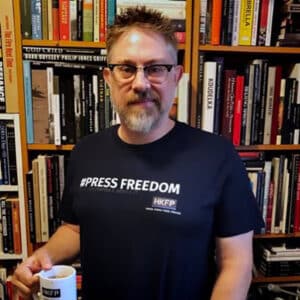In his essay at the end of Olay, photographer Emin Özmen writes about the first traumatic incident that he remembers. It would also set him on the road to document his country. "When I was eight years old, on a warm July day in 1993, I was hold...

In his essay at the end of Olay, photographer Emin Özmen writes about the first traumatic incident that he remembers. It would also set him on the road to document his country. "When I was eight years old, on a warm July day in 1993, I was hold...



You’re getting blind.
Don’t miss the best of visual arts. Subscribe for $7 per month or $84 $70 per year.